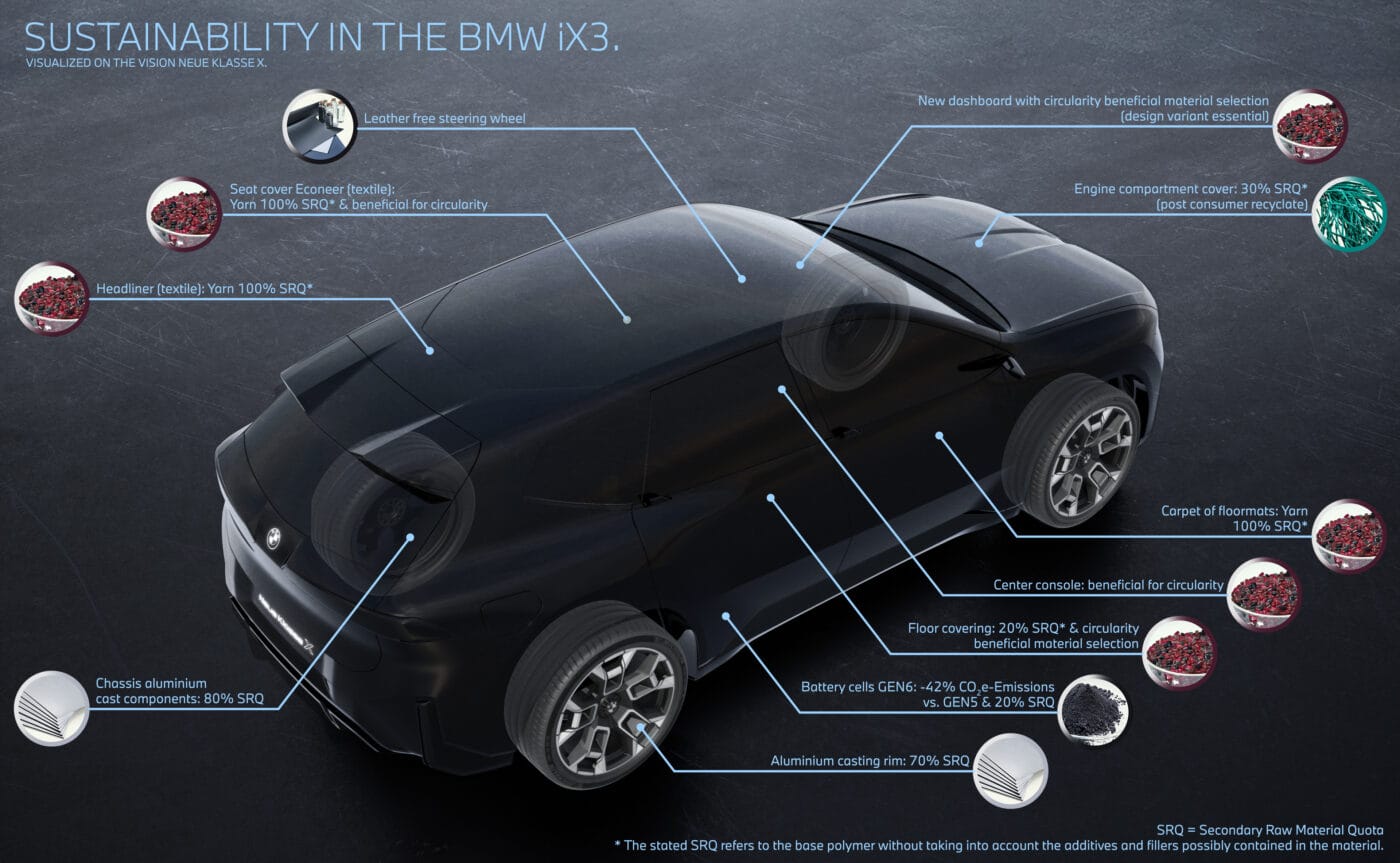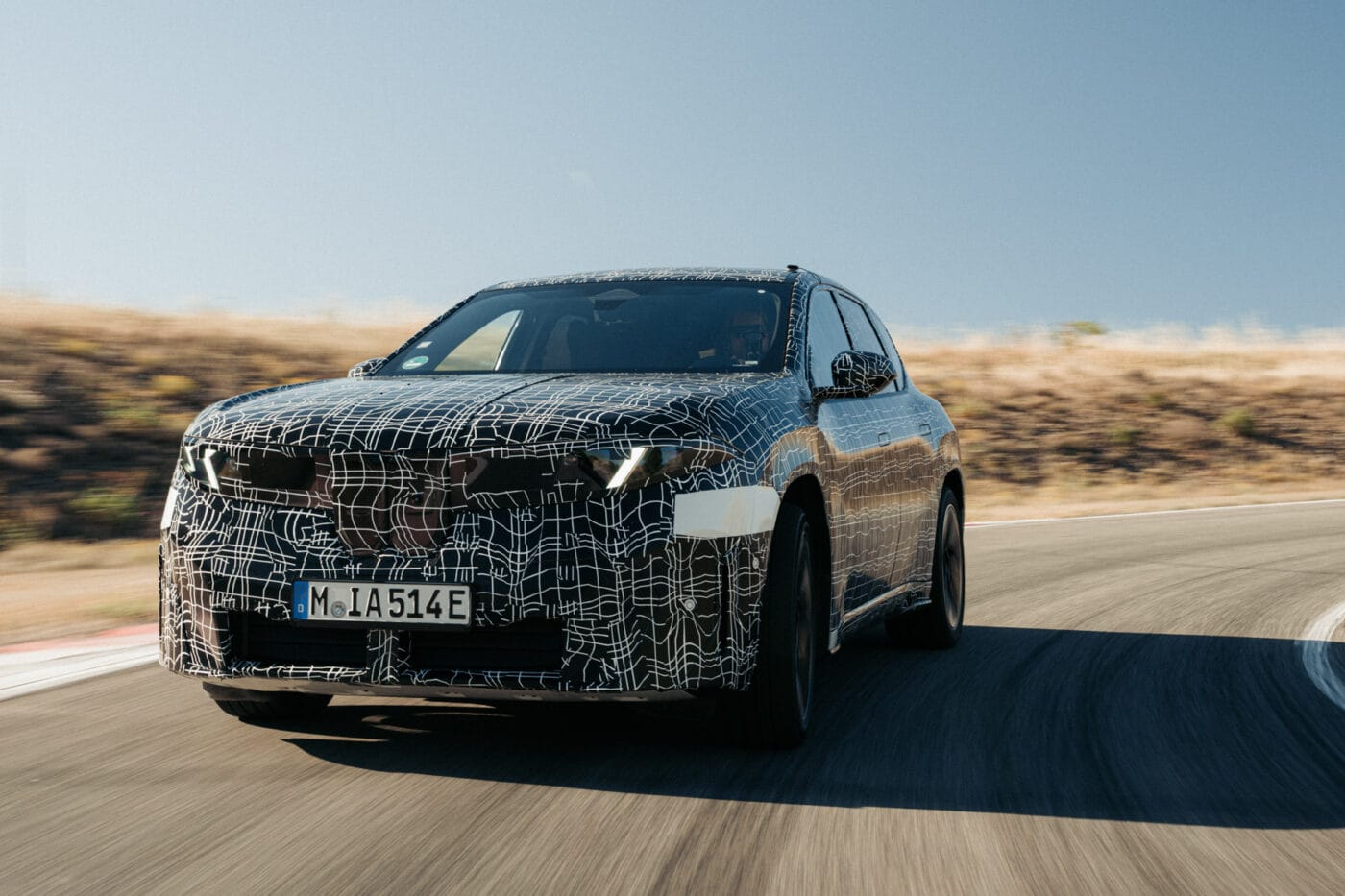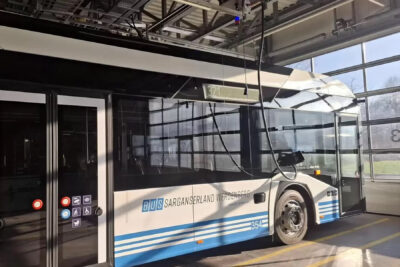New BMW iX3 is cleaner than an ICE after just 20,000 km
When charged using electricity from the European energy mix, the new iX3 50 xDrive emits fewer CO2 equivalents (CO2e) than a comparable combustion-engine model after around 21,500 kilometres, according to BMW’s WLTP consumption data. If charged exclusively using renewable energy – such as solar power from a rooftop PV system – the break-even point drops to just 17,500 kilometres.
BMW’s model-specific data for the iX3 xDrive 50, set to debut shortly before the IAA, aligns closely with recent findings published by the International Council on Clean Transportation (ICCT). The non-governmental organisation assessed lifecycle CO2 emissions across various powertrain types. A key finding across vehicle segments, battery sizes, and chemistries: EVs offset their “CO2 backpack” after around 17,000 kilometres. From that point – often within the first or second year of ownership – battery-electric vehicles are cleaner than petrol-powered cars, and remain so on average for up to 18 years.

BMW’s data is slightly higher, likely because the Neue Klasse platform launches with a high-end variant – xDrive denotes all-wheel drive (with two electric motors). At the same time, “50” refers to a performance class traditionally associated with top-tier straight-six engines or even V8s. A future rear-wheel drive version with a smaller battery (possibly badged 35 or 40) could reach break-even even earlier.
BMW identifies the key levers for reducing CO₂e emissions in the supply chain as the use of secondary materials, renewable energy, and innovations in both products and processes. In production, the company relies heavily on green electricity and other renewable sources, replacing fossil fuels wherever possible. Recycled materials are used instead of newly mined raw materials. For batteries, BMW specifies that “the Gen6 battery cells of the BMW iX3 high-voltage storage system are made of 50% secondary cobalt, lithium, and nickel materials” – alongside renewable energy in anode, cathode, and cell production. This approach cuts CO2e emissions per watt-hour by 42% compared to Gen5 cells used in current BMW EVs. Additionally, the motor bay cover and front trunk pan (frunk) are made from 30% recycled marine plastics – including fishing nets and ropes.
The new, more efficient electric drives – now in serial production at BMW’s plant in Steyr, Austria – also support sustainability by reducing energy consumption and optimising resource use. While the battery and drive unit are standout examples, BMW says it is “consistently identifying and harnessing efficiency potential in all vehicle subsystems” – including aerodynamics, rolling resistance, and onboard power consumption.
BMW reports a CO2 output of just 0.1 tonnes per vehicle at its Debrecen plant – around two-thirds less than other BMW production sites. The new Hungarian facility will cover roughly a quarter of its energy needs through on-site solar power. For the remaining electricity needs, BMW has procured power from renewable sources. Surplus solar energy is stored in a thermal reservoir and used to heat the paint shop ovens when required.
Going forward, the BMW Group intends to show each vehicle’s CO2 footprint not just in abstract WLTP-based figures, but also personalised for each customer. The “My BMW” and “Mini” apps now display a vehicle’s individual CO2 footprint, based on both supply chain and production emissions, and actual customer energy use – not just WLTP consumption. This feature is already available for select models (including combustion engine variants, in keeping with BMW’s technology-neutral stance) and will also be rolled out to Neue Klasse electric vehicles.
This article was first published by Sebastian Schaal for electrive’s German edition.





0 Comments